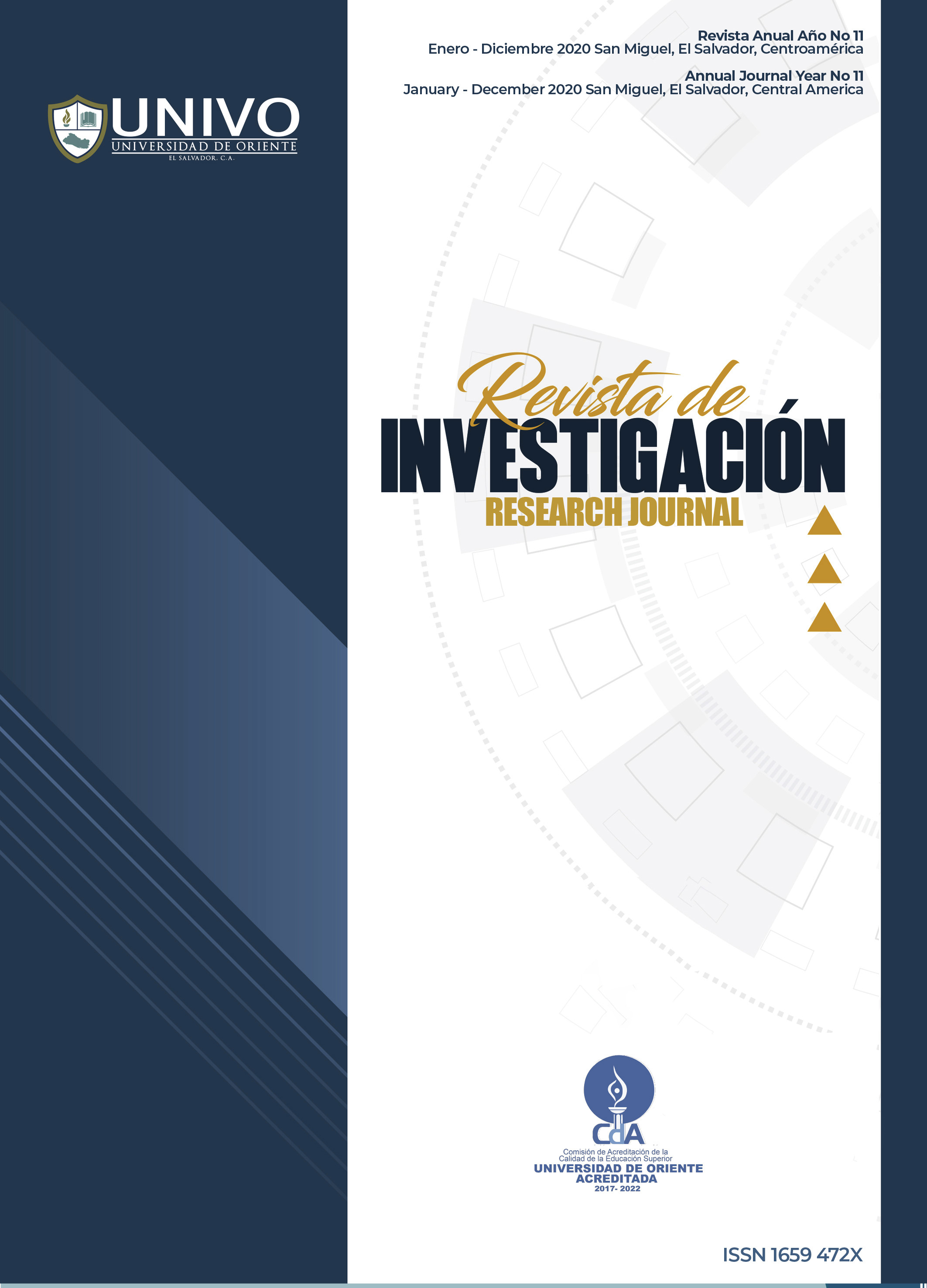Prototype of non-structural ecological wall made with polyethylene terephthalate (PET) plastic products
Main Article Content
Abstract
The present investigation contemplates an analysis of two problems that El Salvador has: the housing deficit of the low-income population and the overproduction of polyethylene terephthalate plastic bottles. The research seeks to relate these two problems to the Sustainable Development Goals, which are an initiative promoted by the United Nations to provide continuity to the development agenda after the Millennium Development Goals, and the two related objectives are to collaborate with the country and the creation of sustainable cities and communities by building a prototype of an ecological wall. This research also seeks to contribute to the construction of future social housing, reusing PET bottles as the main raw material, which is a plastic made with polyethylene terephthalate that is used in beverage containers and textiles, training residents of the different areas of the country through governmental and non-governmental institutions, turning them into construction communities capable of planning, managing and developing what is necessary to be axes of local development. In addition, the aim is to reduce these plastics in terrestrial and marine ecosystems, since many of the PET bottles, not receiving recycling treatment, are buried, burned and often end up in streams, rivers and end up in the ocean. affecting the lives of different species.
Article Details
How to Cite
Hernández Durán, H. J. (2024). Prototype of non-structural ecological wall made with polyethylene terephthalate (PET) plastic products. Inicio, 1(11), 44-67. Retrieved from https://revista.univo.edu.sv/index.php/investigacion/article/view/41
Issue
Section
Artículos

This work is licensed under a Creative Commons Attribution-NonCommercial-ShareAlike 4.0 International License.

